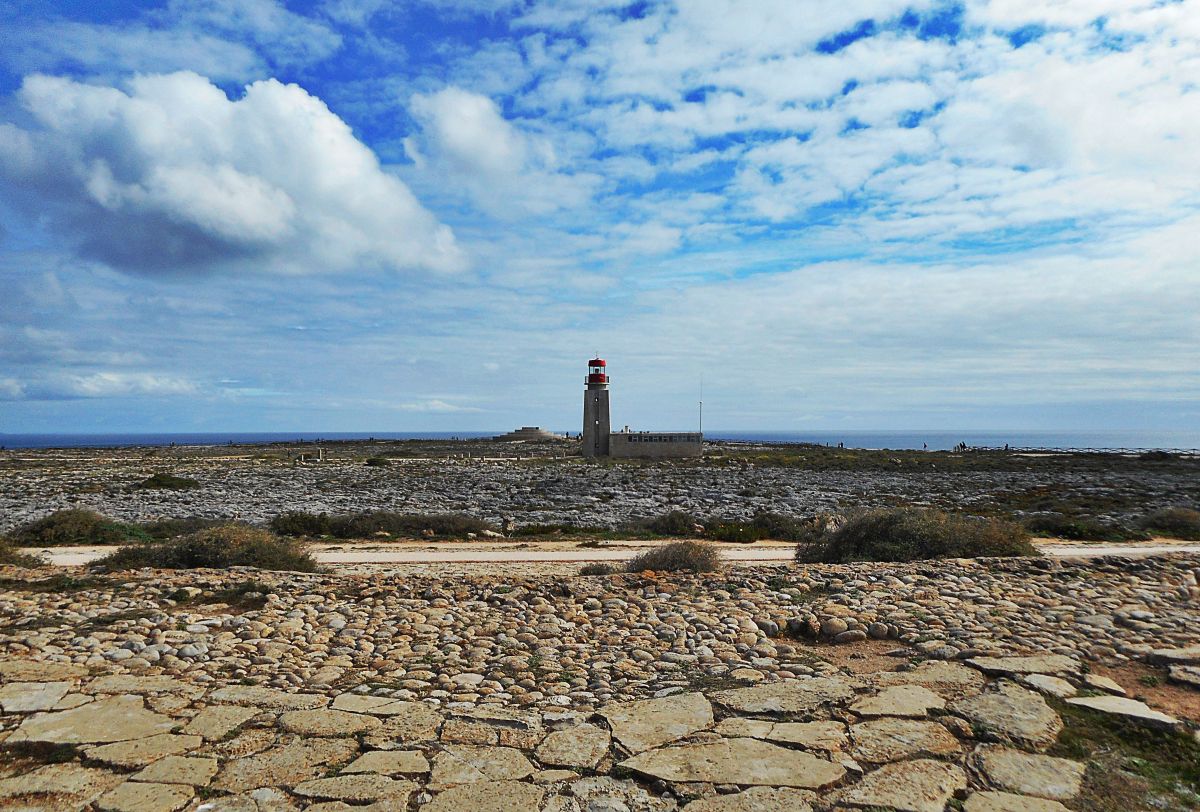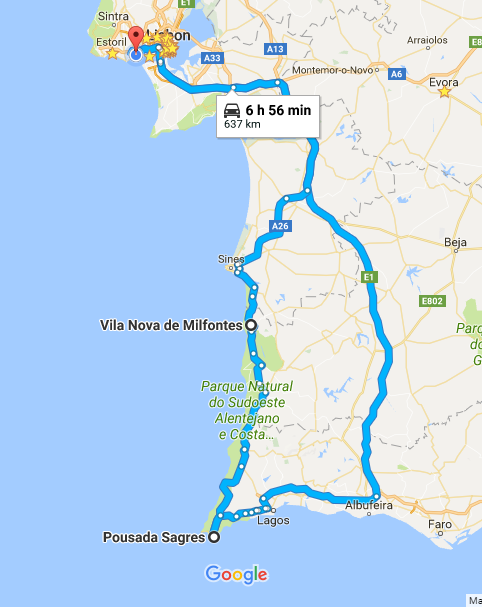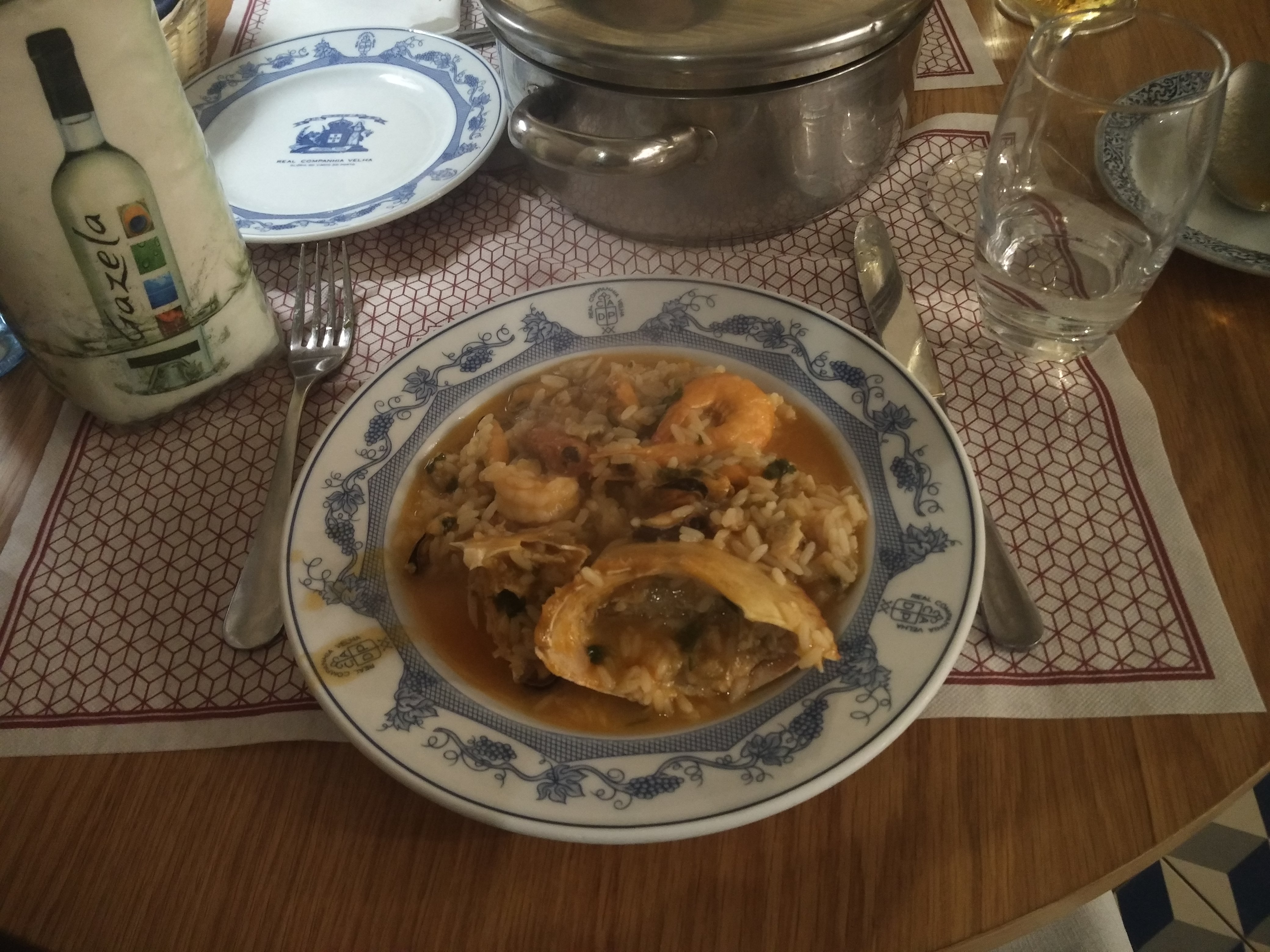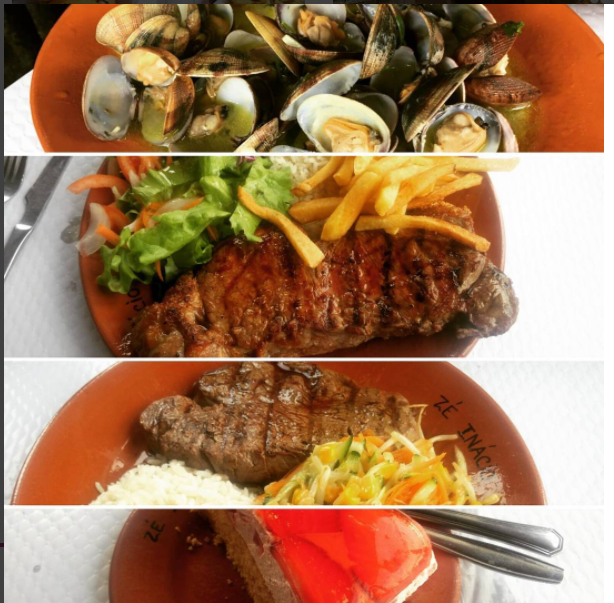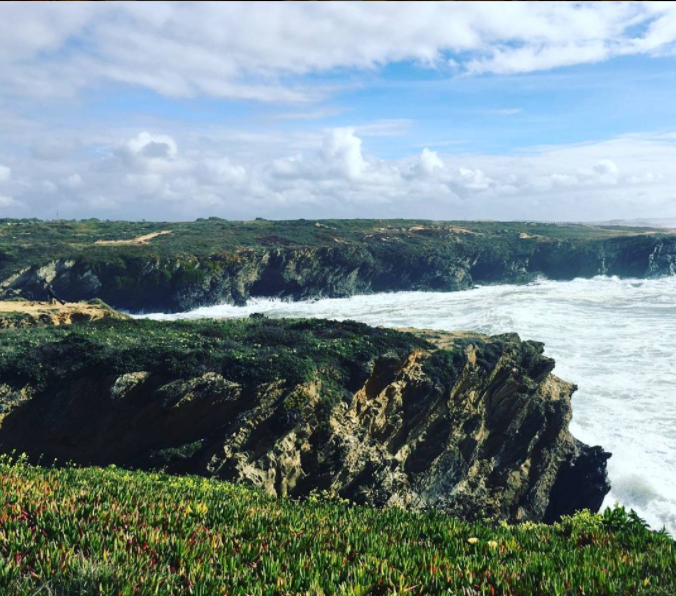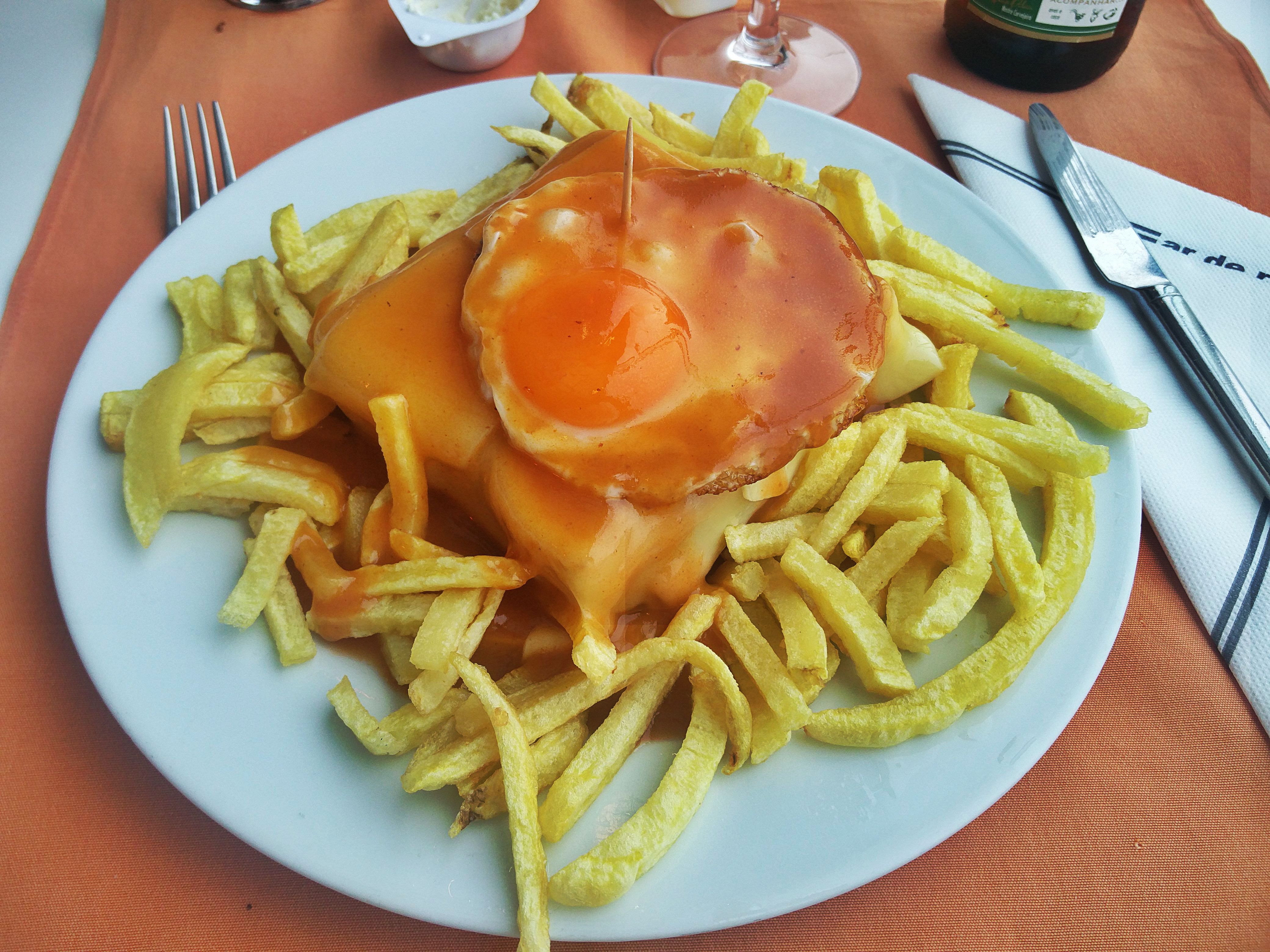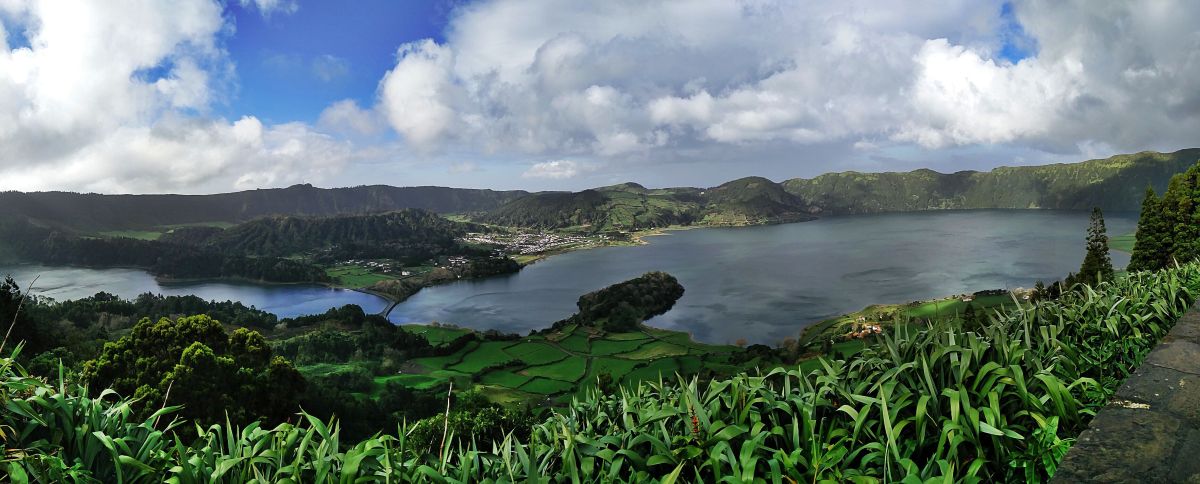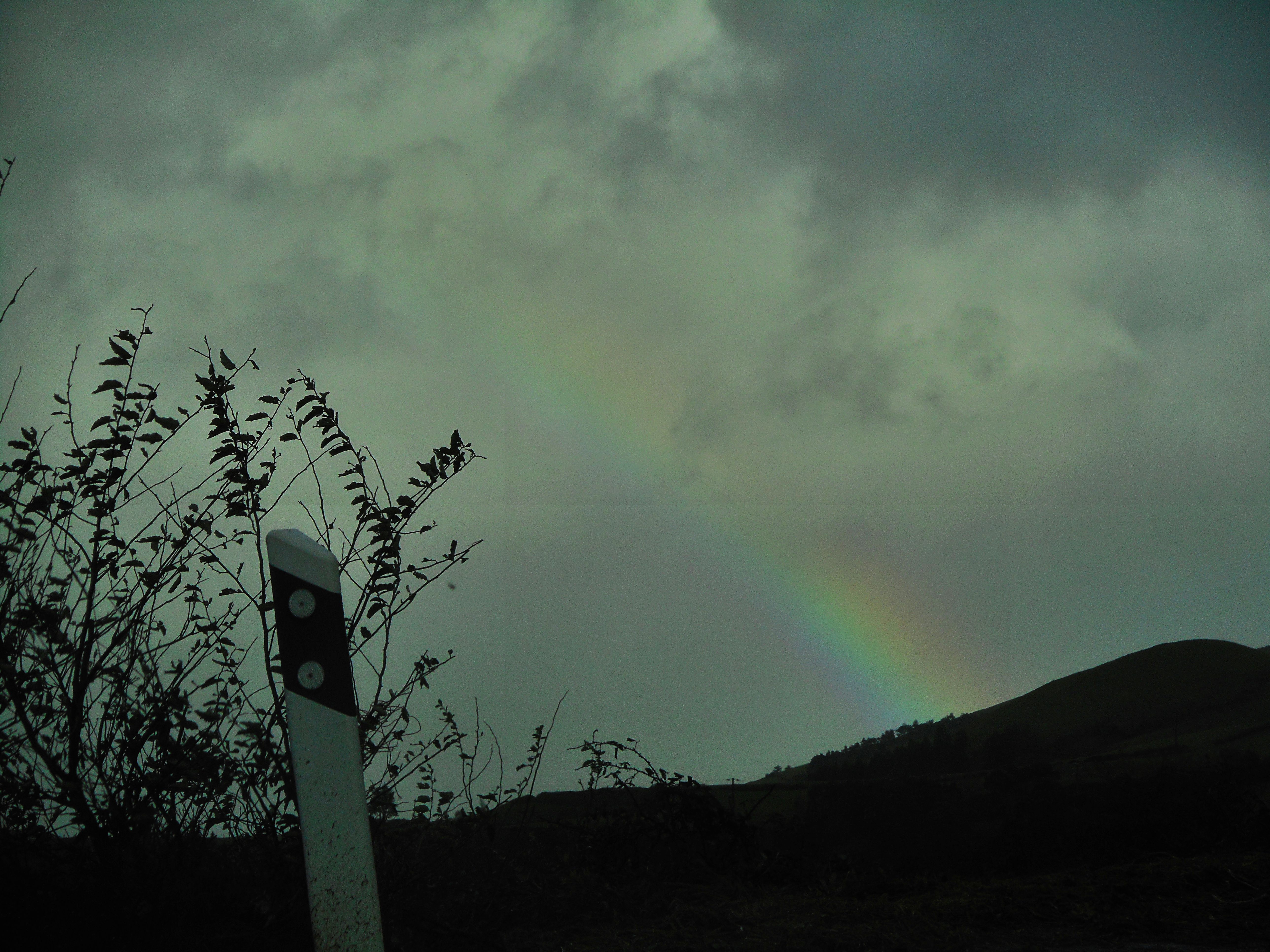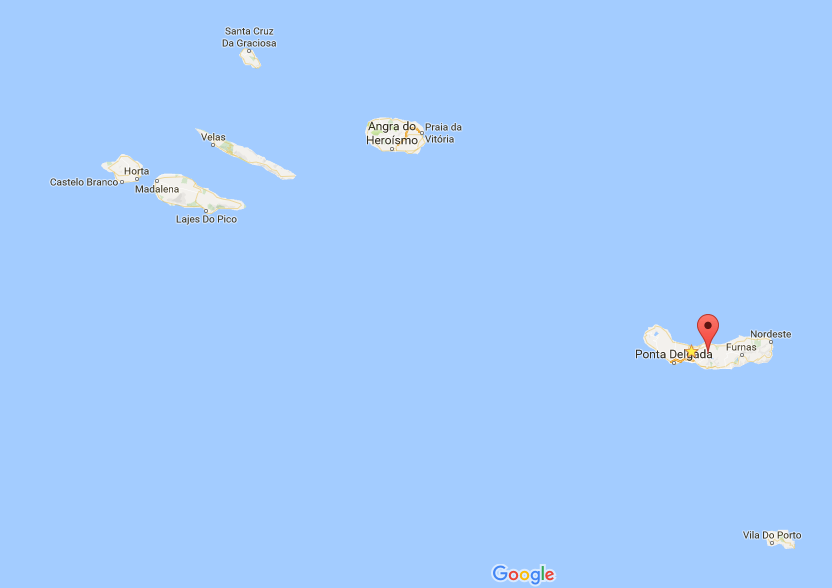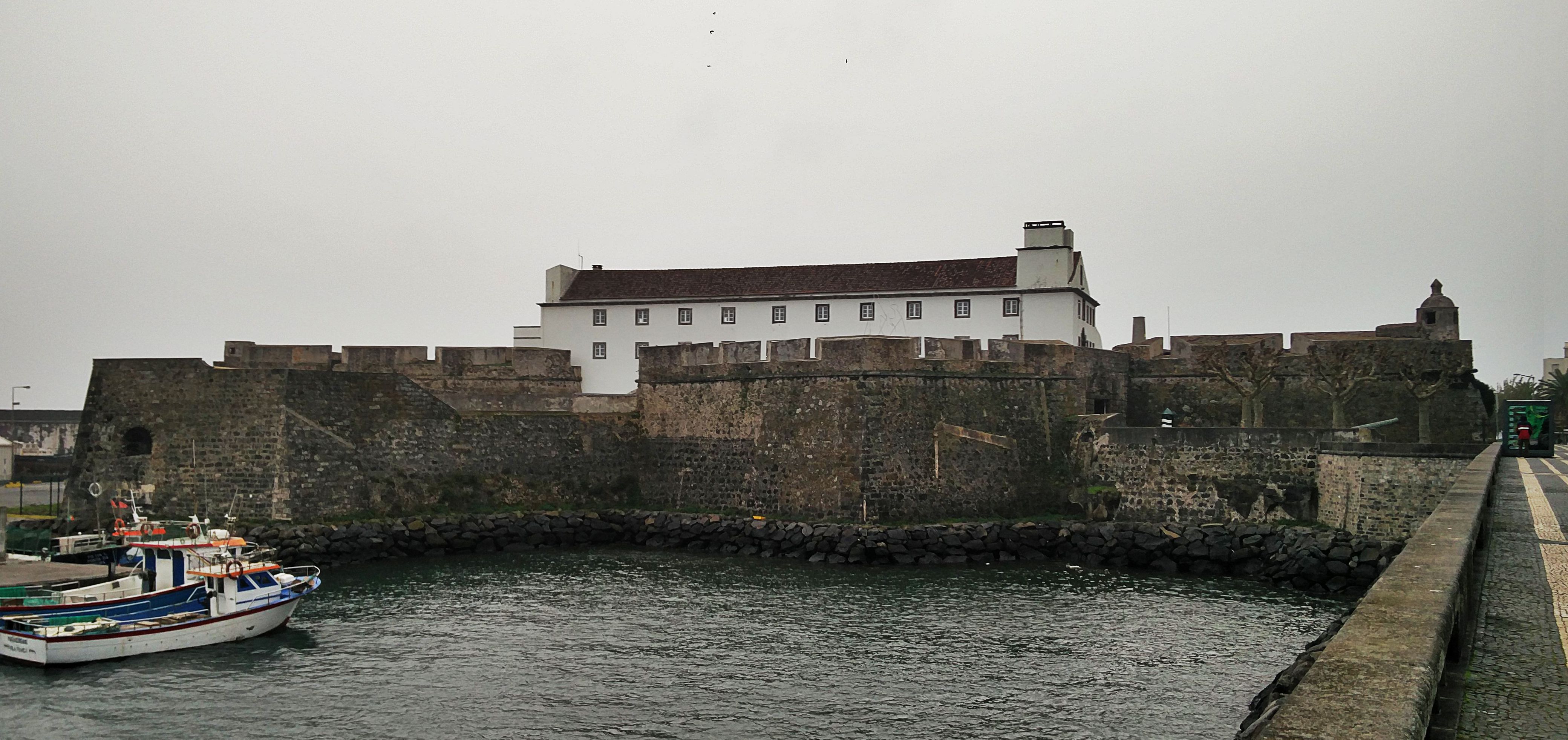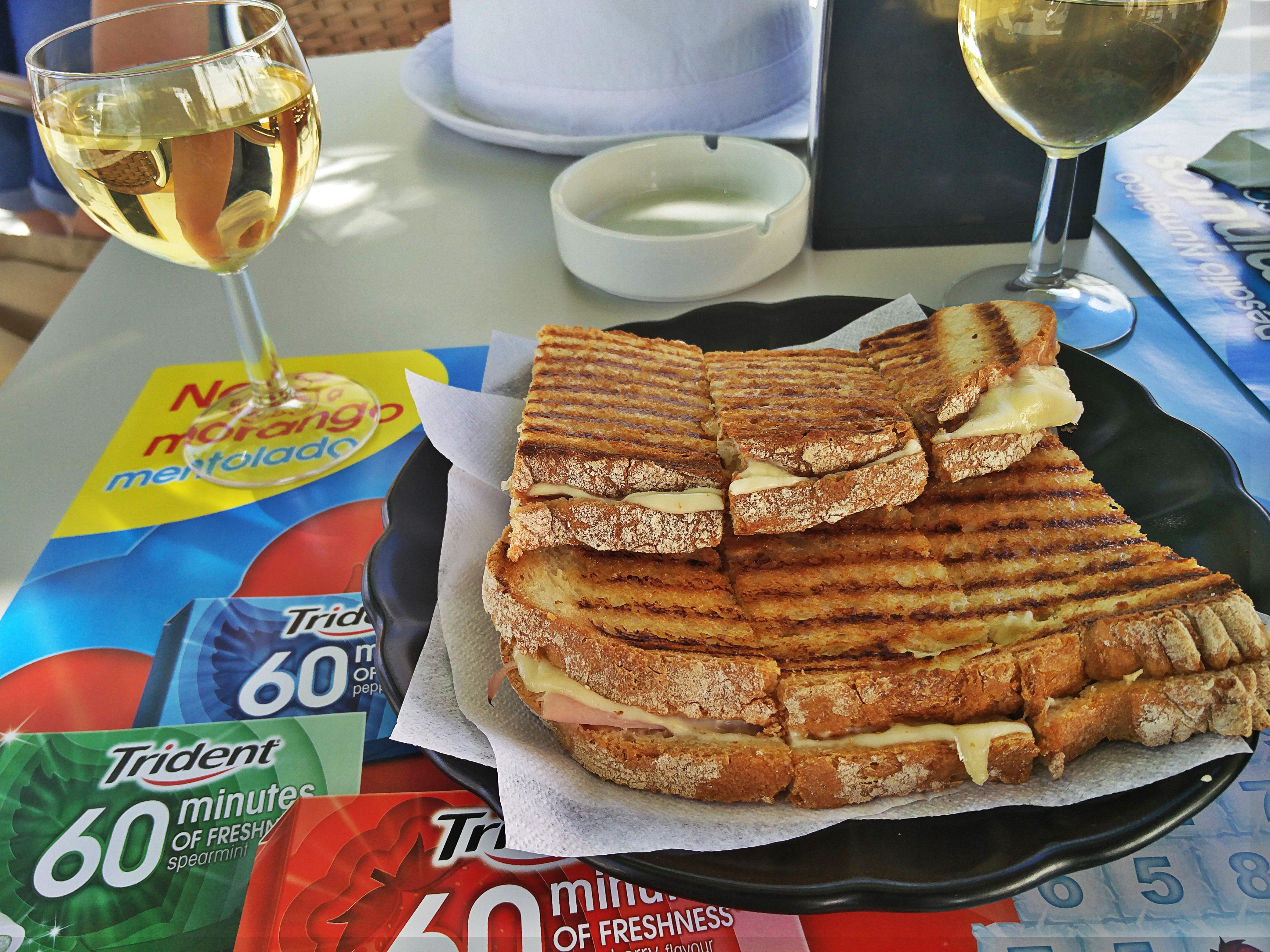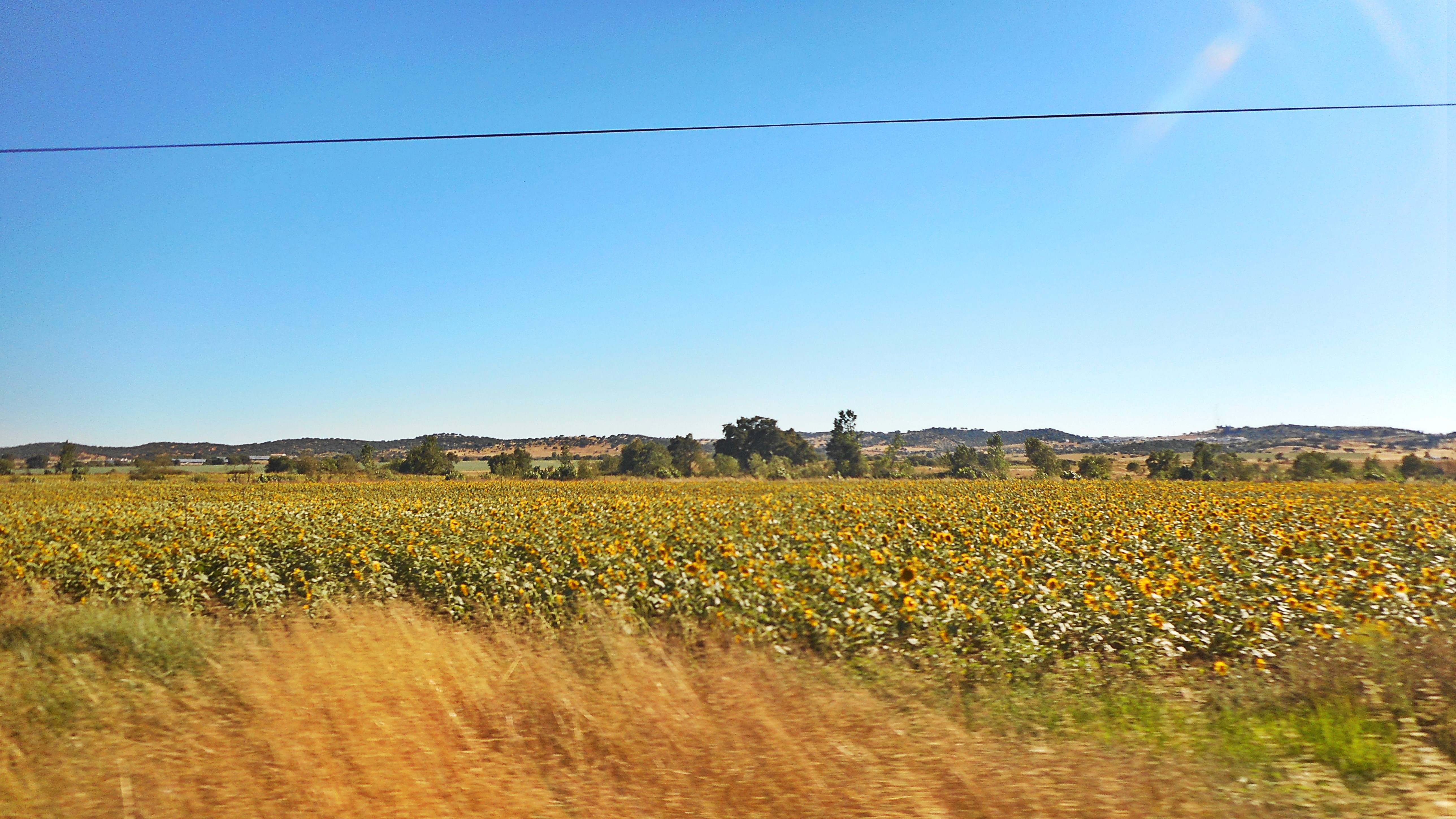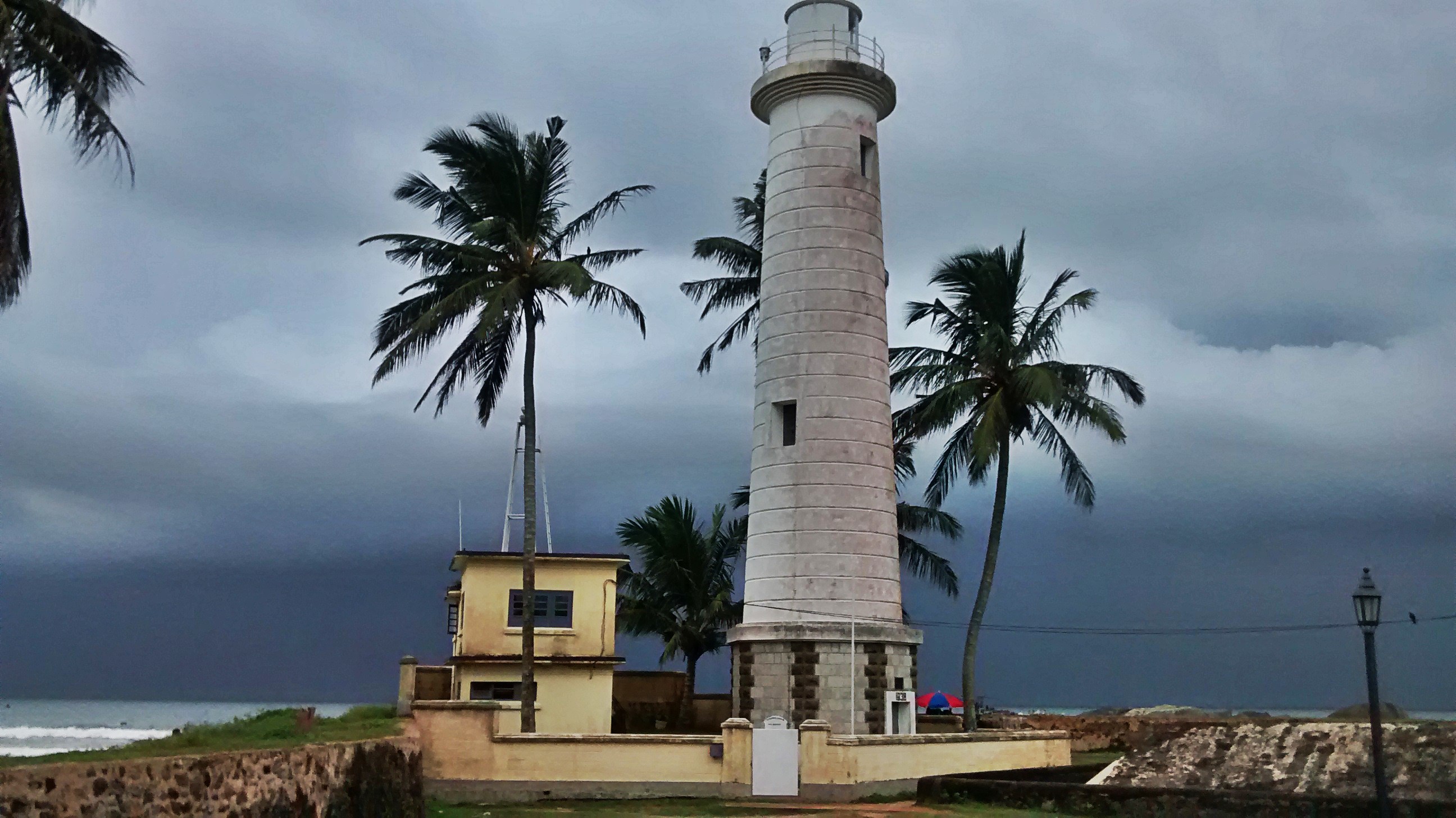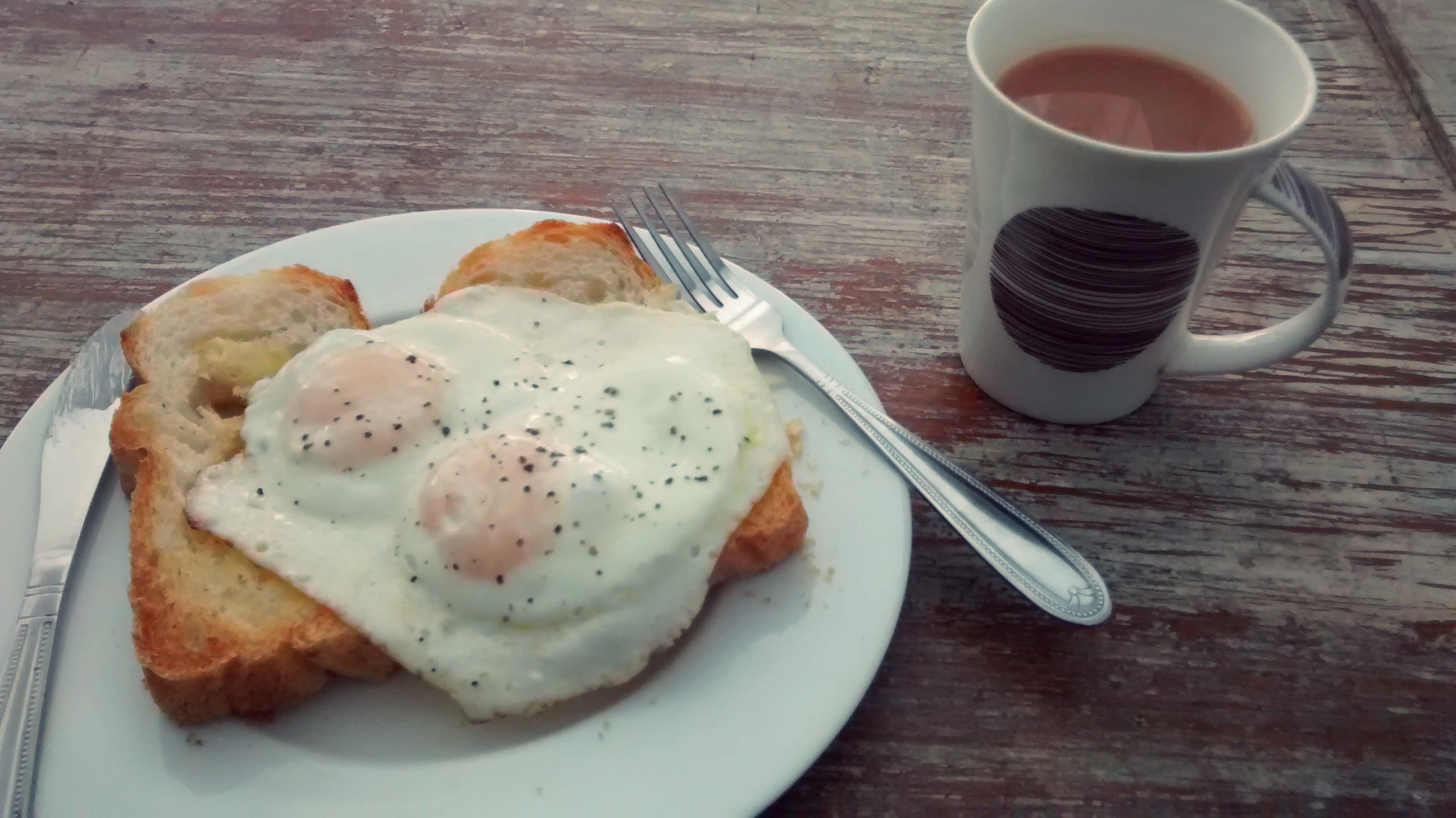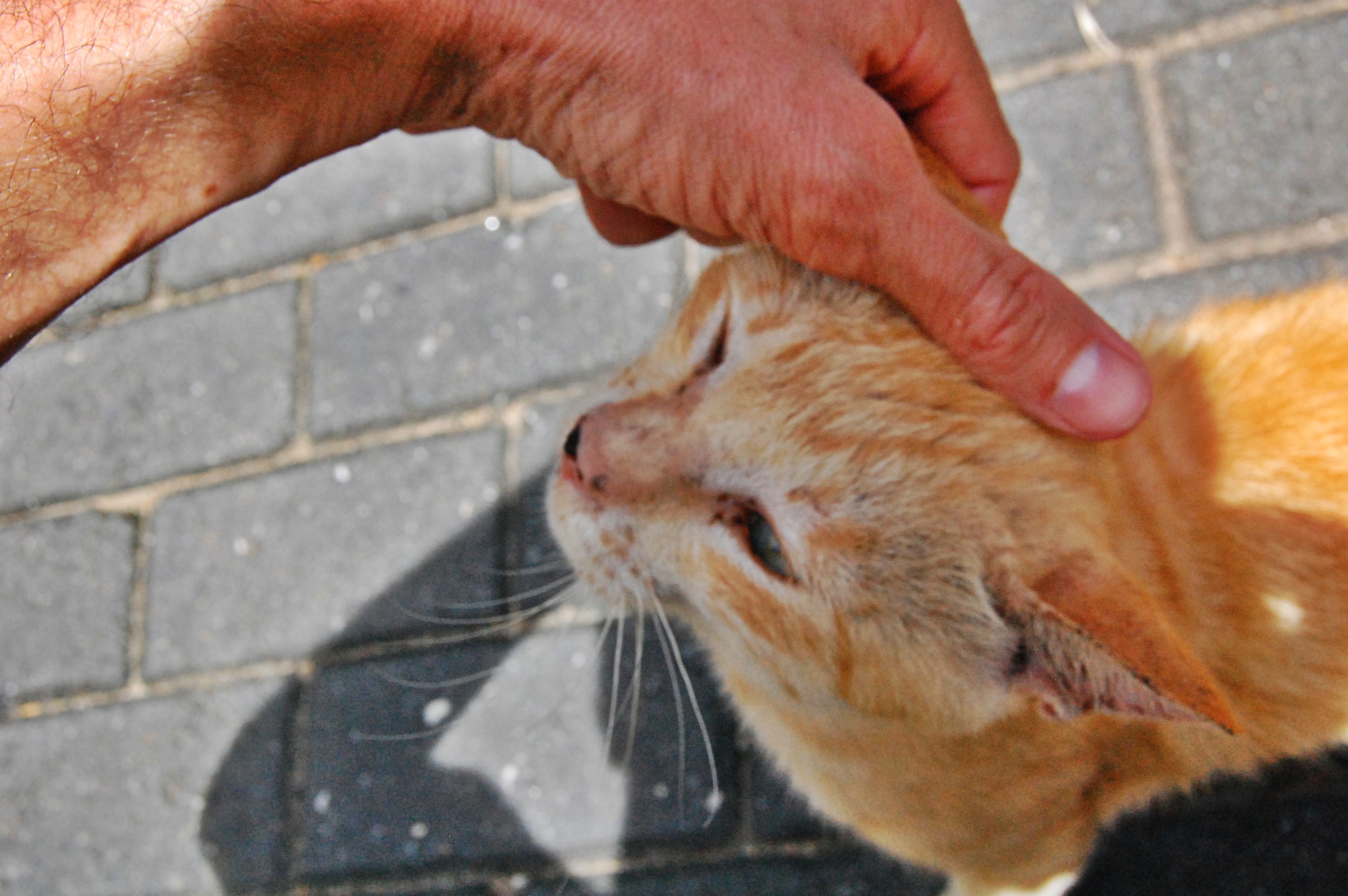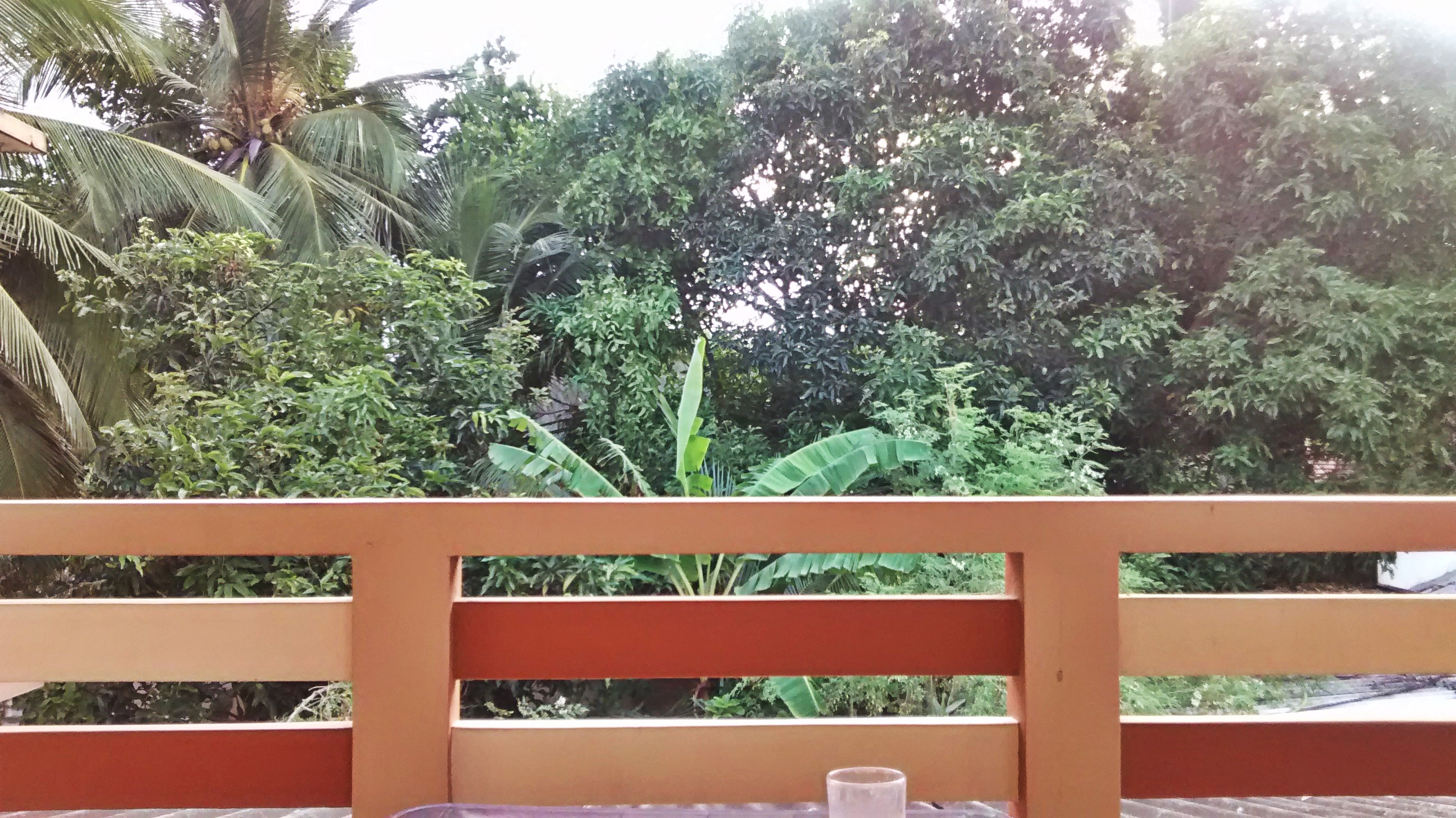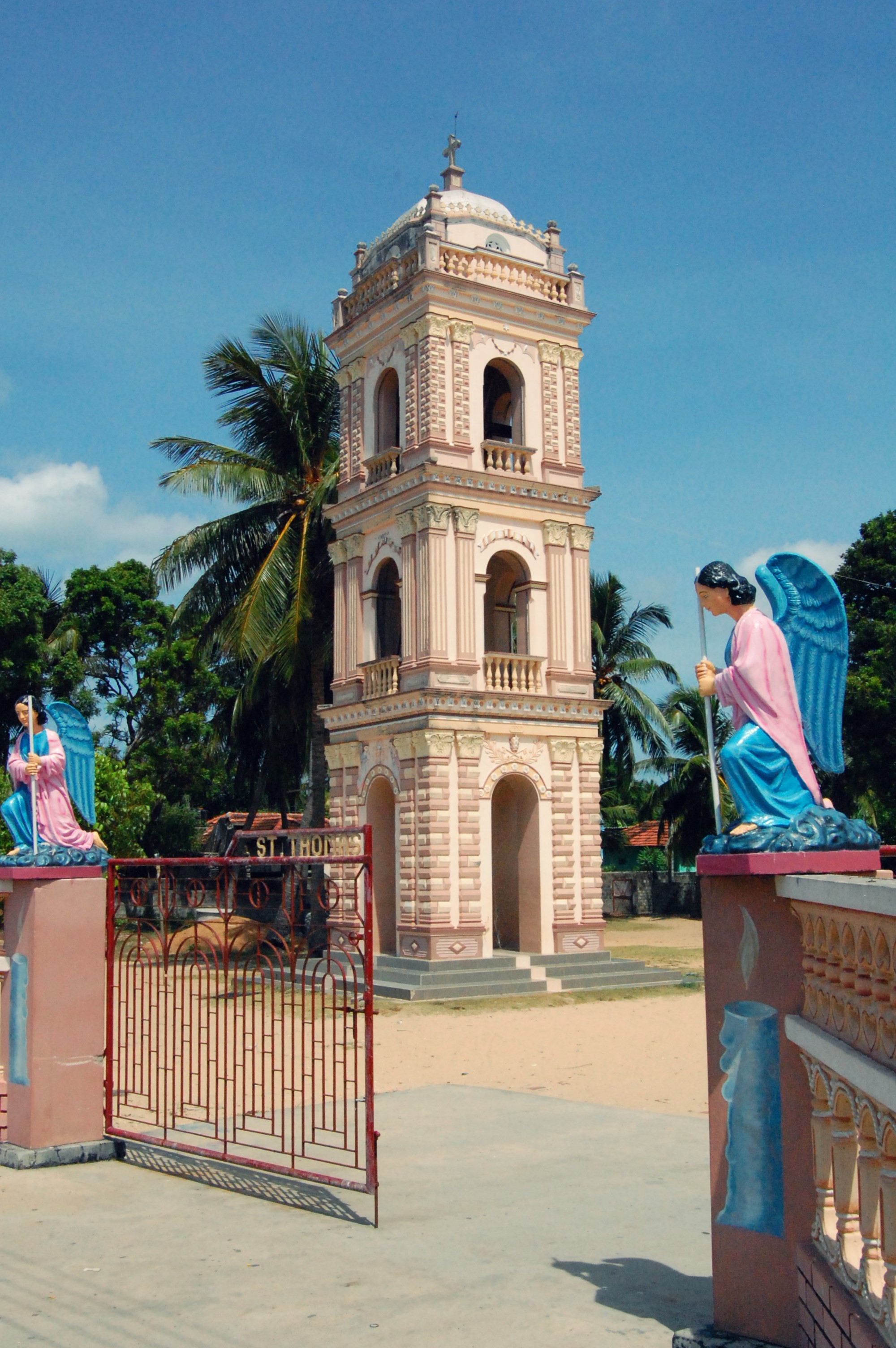I had retired this blog some years ago, to concentrate on my fiction, but I need to vent about the experiences of the past five days. Without a shadow of a doubt the worst travel experience I have ever had. And it’s not even entirely down to the fact my better half very nearly died on the island.
We arrived at Palermo’s Falcone Borsellino airport on an early morning flight from Nantes. The flight with Volotea had been rescheduled at short notice from 6pm landing to 10am, and because of the lateness of the change, our car hire company could not move forward the pick up of the vehicle. We decided to make the best of it and take our bags into the city, drop them in lockers at one of the train stations and do a bit of sightseeing, lunch, etc, before returning to the airport to grab the car in the evening.
Already, things began to go wrong.
The lady at the shuttle bus desk was rude, pushy, in a hurry, and missold us tickets to Politeama in the centre of Palermo, rather than to the train station. We tried to stay on the bus til the station as planned, but were forced off, as we had the wrong tickets. This meant a scramble to find luggage storage, and eventually paying almost double what we would have in the station.
But let’s make the best of it, we decided. We had a very nice lunch at a gourmet burger place, then decided to check out an archaeological museum to escape the heat. The museum was lovely. The staff, once again, were unnecessarily rude and unfriendly.
I’ve been to Italy a fair bit and this is quite out of character with previous experiences. We tried to use the limited Italian we know, were always polite, etc. But it was already starting to become a pattern.
When the time came to return to the airport, we made it there and waited for our shuttle bus to the car hire place. Once again, you’ve guessed it, incredibly rude service. The woman pushed the missus into taking extra insurance (she had decided to be the driver on this trip), and threatened her with a totally unrealistically high deposit being needed if she refused.
So, off we went, 150 bucks lighter, and followed the road across the island to our hotel – a vineyard on the outskirts of Agrigento, in the south. The hotel was lovely. Very friendly owners, wonderful dog, great setting, etc.
But, on the second day, my other half began to get a recurrence of abdominal pains from days earlier and, being a doctor, recognised that it was something worth getting checked out. We drove about 45km to the hospital.
When we got there, the huge building masked a bit of a horror show inside. Levels of hygiene were low, almost every sign to every department was incorrect, as locations had changed, but signposting had not been updated. There was a big song and dance at triage about making sure everyone had a covid test and wore a mask – understandable when you consider the way the first wave of Covid-19 tore through Italy – and yet when we got inside there was minimal cleaning going on. Toilets had no soap or hand wash and every single antibacterial gel dispenser failed to work.
After 3 hours in the nightmare hospital, she was seen and given an ultrasound, which indicated a pretty serious problem. She was going to be kept in overnight. I made a call to the car rental place to get the car switched to my name, but they couldn’t find my details, even when I gave them references. The last bus for the day had gone and, apparently, there were no taxi services in Agrigento beyond individuals who the hospital staff told me were unreliable (they were right – more on this later). So, I had to drive the hire car back to the hotel uninsured, and back again the following morning to bring things she needed.
At this point, I decided I could not risk this any further, and so decided to take a bus to the centre of Agrigento in the day and find a cheap b&b in the town. The bus was a 17-seater, about the same age as me, and with half the seats out of bounds due to covid restrictions, but it got me to town. The b&b was fine, and the guy running it was welcoming and friendly.
My missus then was told she would have to have emergency surgery. I continued to attempt to get the car hire changed with no luck, so ultimately decided to hire another car from the following day, in case I needed to fetch more things for her from the original hotel and also to avoid the expense of more b&b nights in the town.
Surgery happened the same day – the surgeons and anaesthesiologist were all excellent, I am reliably informed. I got the news of her survival late that night, and finally had a proper night’s sleep.
The next day, I returned to the original hotel in the new car after which, finally, I managed to speak to someone from the car hire firm who paid attention to the situation and agreed to change over the insurance to me so that the car could be returned.
The next morning, she was discharged from the hospital much earlier than we’d expected, so after breakfast, I set off to pick her up. We drove to a shopping centre, so she could have somewhere comfy to sit while I got a taxi to pick up the original hire car from the hospital grounds and then dropped off the second hire car.
I called one of the highest rated taxis in the area and arranged for him to meet me in the car park 50 minutes later. After an hour and twenty minutes, I called again to ask where he was. He sounded surprised that I was there and came to meet me. Thereafter, he cooked up a story about waiting in a different area of the shopping centre car park (in his huge white van which, naturally, I would not have seen) and that when he was trying to contact me, he mixed my number with another customer. By this time, I just wanted to get to my destination, so I said it was fine and we set off.
The driver drove in the opposite direction from the hospital. I asked him why and he first said it was another way, with less traffic. About ten minutes later, I protested again, and he told me it was my fault for making him wait and he had another 7 customers at the beach, waiting to be picked up. So I got driven to the beach, then the valley of the temples, then the town centre then, finally, the hospital. We arrived around an hour and forty five minutes after our original agreed pick up time. As we drove into the car park, he called someone who I suppose was his mother, to complain to her about the arsehole customer who made him go to the hospital where he wouldn’t get another fair in Italian, thinking the fact I didn’t speak the language well meant I wouldn’t understand.
For his appalling service, he attempted to charge me 25 euros. For an 8km journey which ought to have taken about 7 minutes, had he not been a crook. I gave him the twenty I had and made a note to leave a scathing review for his lack of professionalism and his 90kph one-handed texting and driving approach to life.
I drove back to the shopping centre, returned the second hire car and then went back to the original hotel so the missus could rest. We had a quiet dinner there, then hit the road for Palermo airport with rearranged flights via Rome, the following morning.
As a result of their universally appalling reputation, I’ve never flown anywhere with Alitalia (or ITA airways as they have recently rebranded themselves). Fear not, for the rebranding is cosmetic and they continue to do their best to disappoint at every ponderous step of their existence.
We joined the check in queue at Palermo which moved at the speed of a lichen. When we finally reached the front of the queue, the agent at our desk did not know that indirect flights existed. No, really. He didn’t know it was possible to fly indirectly on one ticket. So it took around 25 minutes for his neighbour to talk him through the process. At this stage, I foresaw my luggage’s disappearance which did, indeed, come to pass.
Boarding the plane was total chaos. A mad scramble, with no attention whatsoever paid to the size of objects being brought on board. Some people had shopping bags bigger than my hold luggage, full of provisions, toys, you name it. The cabin crew yelled across the PA that people should put all remaining bags under the seats in front of them, even though this was an obvious impossibility. Around 30 – 40% of the people on-board had taken positions in the wrong seat and, in the end, the plane taxied to runway with people still standing. Take off happened as the cabin crew were still on their feet finishing the safety demo.
It was surreal.
When we got to Rome, everything was very well organised, the disabled assistance team ready and waiting to help my better half with mobility in her state of recovery. We got quickly to the gate for the flight to Lisbon, and the process from boarding to take off to landing on-board was mercifully properly arranged.
When I arrived at Lisbon, as predicted, one of our pieces of luggage did not arrive and, once analysed by the operative in the office there, it was established it had never been scanned, so never entered the original plane. Another mark against the total shambles that is Palermo airport.
I’ve travelled to a lot of places classed within the so-called ‘developing world.’ I cannot imagine such a combination of utterly feckless incompetence, a total lack of planning and attention to infrastructure, being married to such an open hostility towards people as we experienced in Sicily. There is SO MUCH natural beauty on the island. Some of the food and wine is phenomenal but it makes Egypt, Tunisia, Morocco and other places I’ve been to seem like some kind of space-opera-based techno-utopia. Nothing works. And people treat you like garbage, nothing but a target for scamming and rip-offs, coupled with rudeness which is off the scale of anything I’ve ever received.
This place was one that featured on my bucket list. I did not realise the bucket in this case was one left out for someone without toilet facilities.
Avoid.

